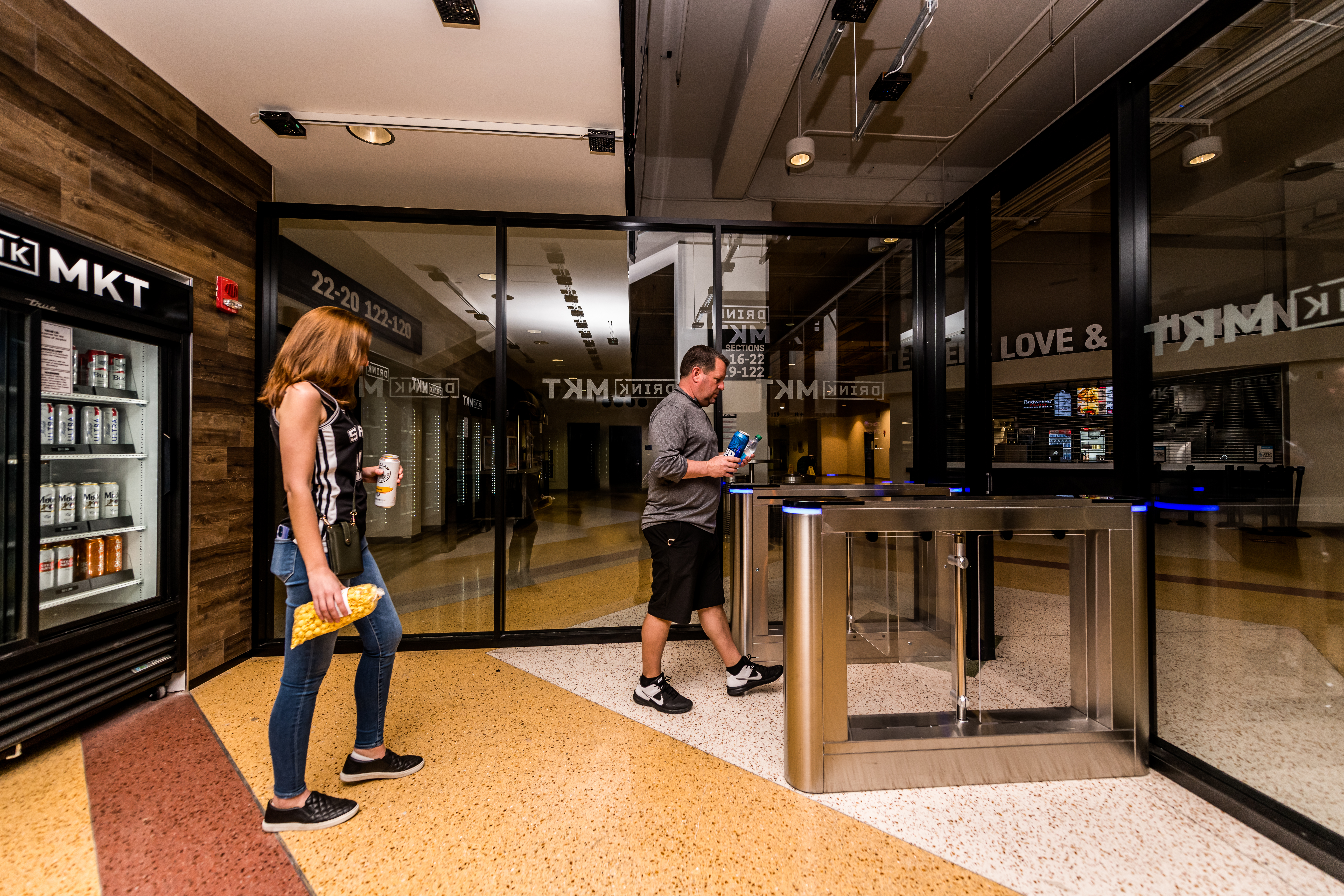The pandemic has accelerated shifts toward frictionless shopping and contactless transactions in various aspects of retail experiences and daily life. Social distancing has inspired technology solutions and new business models to help people stay safe. Cashierless payments, and other contactless experiences, are here to stay in the world of retail and beyond.
People are now accustomed to different ways of making transactions, and interactions that require fewer physical touchpoints and take less time. While features like contactless payments and contactless check-in might have been a novelty before the pandemic, now they are becoming a way of life.
Here are some of the ways that contactless consumer experiences are becoming prevalent in our everyday life.
Permanent Shift to Contactless Payments
The way that people pay for their everyday purchases has shifted in the direction of greater convenience and touch-free technology. Visa has processed one billion additional touch-free payments during the pandemic (defined as payments where customers would have previously had to use a PIN.) In a January 2021 study, Visa found that 65% of consumers said that even after the vaccine, “they would prefer to use contactless payments as much as, or even more than, they are currently.”
People are getting more comfortable with contactless payments, such as tapping a debit card instead of swiping and entering a PIN, or using a mobile wallet instead of taking out a card. This shift in payment preferences also signals momentum for checkout-free retail platforms like Zippin’s. Checkout-free stores are the next level of evolution of contactless transactions and frictionless shopping.
Contactless Hotel Experiences
Leading hotel brands, like Hilton and Marriott, have launched contactless check-in and digital key technologies to help people get to their rooms faster while minimizing lines, crowds and human interaction. On April 5, Marriott announced that it is launching a pilot program at select Marriott hotels for contactless arrival kiosks. Marriott describes these changes as a way to give guests more control over their trips, with convenient self-service options at any time of day.
These contactless service options are likely to continue beyond the pandemic. Marriott cited reports from The Travel Technology Association, which found that “65 percent of travelers say that accommodations will need to use the latest technologies to make them feel safe,” and a report from Medallia Zingle, which found that “87 percent of U.S. customers said they would like to see companies continue to offer options that limit in-person service.”
Zippin’s checkout-free platform is ideal for the hotel, hospitality and institution space. Zippin’s partner Fujitsu recently opened the world’s first checkout-free hotel convenience store in Yokohama, Japan. Checkout-free retail technology can help connect guests with the items that they need, 24 hours a day, without requiring staff people to be on duty.
Contactless Fast Food
Fast food chains are already known for drive-thru service, but many of the biggest fast food brands are also implementing additional contactless options, such as self-service kiosks, mobile ordering, contactless payment, and curbside pickup.
A few recent developments in contactless restaurant experiences from the fast food industry include:
- Contactless ordering and pickup: McDonald’s and Taco Bell are expanding their use of contactless orders via in-store kiosk or mobile app, and then picking up the order in-store.
- Drive-thru is king: Burger King has introduced a new store design that makes room for more cars and easier pickup of orders, with walkup “pickup cubbies” and a diminished amount of in-store dining space. Chipotle is also experimenting with a drive-thru model this year.
- More takeout: Major brands like Shake Shack, Panera and Chipotle have said that they are going to prioritize takeout instead of in-store dining.
The restaurant industry has become more frictionless, with people able to order online, via mobile app, and get their meals delivered or via curbside pickup. People are likely to want this wider range of options going forward.
Contactless Retail
There are many ways that people are looking to limit their interactions and contact points while shopping. According to the National Retail Federation (NRF), a few of the top trends in contactless retail include:
- Curbside pickup and BOPIS (Buy Online Pick-up In Store): Curbside pickup has become a popular option for customers to get their items during the pandemic. One major retailer discontinued its curbside pickup after fully reopening its stores, and then got a negative reaction from customers who wanted to keep using curbside pickup.
- Self-checkout: Walmart is offering an “open checkout experience” to give customers options for how to check out their purchases - either by themselves or with an associate.
- Checkout-free retail: Zippin’s checkout-free platform is already installed and serving customers at retail locations in the U.S. and in international markets, including sports stadiums like the Denver Broncos’ Empower Field at Mile High and the San Antonio Spurs’ AT&T Center. Convenience stores, store-within-a-store locations, hotels and hospitals, and other places where people gather, are all ideal settings for checkout-free retail.
These contactless retail experiences are likely to continue beyond the pandemic. Paula Rosenblum, co-founder and managing partner of RSR Research, told the NRF that “Whatever gets people out of the store the fastest is what’s going to be on the rise.”




